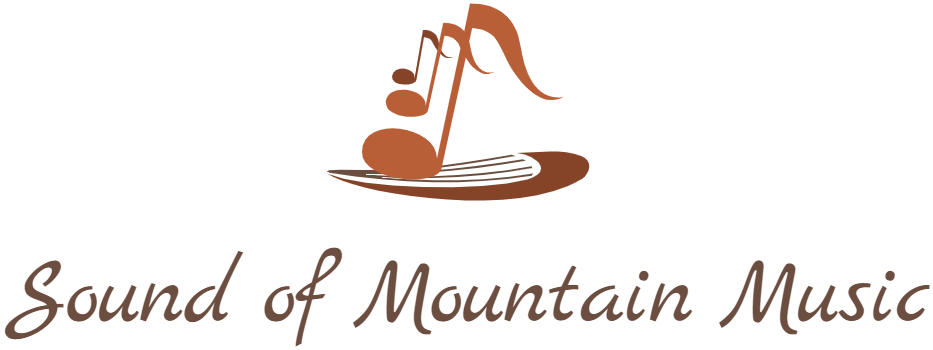The guqin is a very quiet instrument, with a range of about four octaves, and its open strings are tuned in the bass register. Its lowest pitch is about two octaves below middle C, or the lowest note on the cello. Sounds are produced by plucking open strings, stopped strings, and harmonics. The use of glissando—sliding tones—gives it a sound reminiscent of a pizzicato cello, fretless double bass or a slide guitar. The qin is also capable of many harmonics, of which 91 are most commonly used and indicated by the dotted positions. By tradition the qin originally had five strings, but ancient qin-like instruments with 10 or more strings have been found. The modern form has been standardized for about two millennia.
There are more than 3360 pieces of Guqin music existed now. On November 7, 2003, the UNESCO World Heritage Committee announced that the Chinese Guqin was selected as the World Cultural Heritage Centre. In 2006, Guqin was listed in the List of National Non-material Cultural Heritage in China.
Traditionally, the instrument was simply referred to as the "qin" but by the twentieth century the term had come to be applied to many other musical instruments as well: the yangqin hammered dulcimer, the huqin family of bowed string instruments, and the Western piano are examples of this usage. The prefix "gu-" meaning "ancient" was later added for clarification. Thus, the instrument is called "guqin" today. It can also be called qixian-qin (lit. "seven-stringed zither"). Because Robert Hans van Gulik's book about the qin is called The Lore of the Chinese Lute, the guqin is sometimes inaccurately called a lute. Other incorrect classifications, mainly from music compact discs, include "harp" or "table-harp".
Legend has it that the qin, the most revered of all Chinese musical instruments, has a history of about 5,000 years, and that the legendary figures of China's pre-history — Fuxi, Shennong and Huang Di, the "Yellow Emperor" — were involved in its creation. Nearly all qin books and tablature collections published prior to the twentieth century state this as the actual origins of the qin, although this is now viewed as mythology. It is mentioned in Chinese writings dating back nearly 3,000 years, and examples have been found in tombs from about 2,500 years ago. The exact origins of the qin is still a very much continuing subject of debate over the past few decades.
In 1977, a recording of "Flowing Water" (Liu Shui, as performed by Guan Pinghu, one of the best qin players of the 20th century) was chosen to be included in the Voyager Golden Record, a gold-plated LP recording containing music from around the world, which was sent into outer space by NASA on the Voyager 1 and Voyager 2 spacecraft. It is the longest excerpt included on the disc. The reason to select a work played on this specific instrument is because the tonal structure of the instrument, its musical scale, is derived from fundamental physical laws related to vibration and overtones, representing the intellectual capacity of human beings on this subject. In 2003, guqin music was proclaimed as one of the Masterpieces of the Oral and Intangible Heritage of Humanity by UNESCO.
